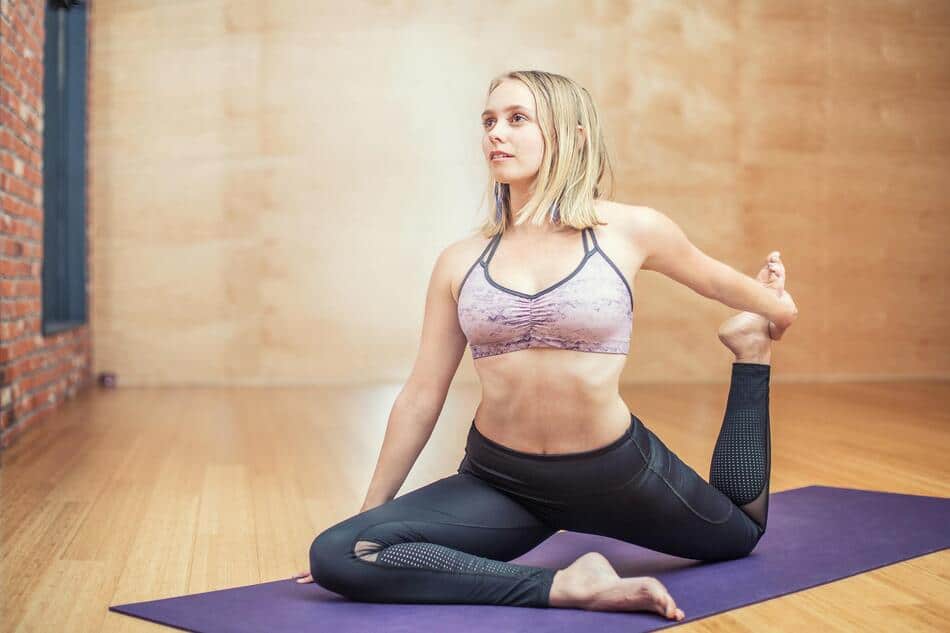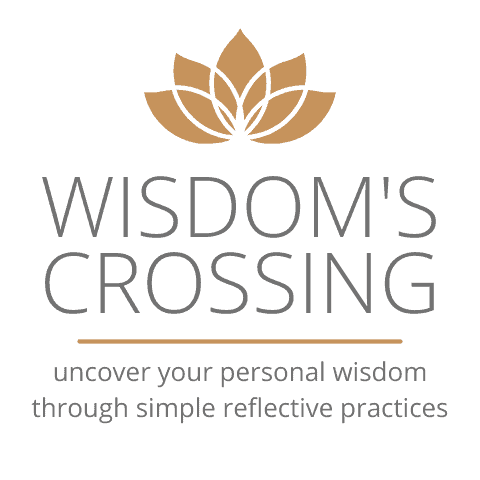There are many different ways to meditate, and one of the most popular is to focus on locking your eye movement. This can be a great way to clear your mind and achieve a state of inner peace. In this article, I will discuss how to lock eye movement for meditation and provide some tips on how to make the process easier.
Many different techniques can be used to lock eye movement during meditation, but the most important thing is to find what works best for you. Some people prefer to focus on a specific object, while others may find it helpful to gaze at a point in space. Experiment with different methods and see what works best for you.
Locking your eye movement is a simple process, but it can be difficult to achieve if you are not used to it. The first step is to find a comfortable position. You can sit in a chair with your back straight, or you can lie down on your back. Once you have found a comfortable position, close your eyes and begin to focus on your breath.

Inhale deeply through your nose, and exhale slowly through your mouth. As you breathe, try to focus on the sensation of the air moving in and out of your lungs. If your mind begins to wander, simply redirect your focus back to your breath.
Once you have achieved a state of deep relaxation, start to shift your focus to the movement of your eyes. Gently move your eyes from side to side, and then up and down. Try to keep your movements slow and controlled. If you find it difficult to keep your eyes still, you can place a finger in front of your face and focus on it as you move your eyes.
With practice, you will be able to lock your eye movement and achieve a deeper state of meditation. Remember to be patient with yourself, and don’t hesitate to ask for help if you need it. With some time and effort, you will be able to reach a state of inner peace that is truly remarkable.
What Are The Benefits?
The benefits of locking the eyes during meditation are:
Drastically Reduces Distractions
When you’re meditating, it’s important to be as focused as possible. By keeping your eyes still, you eliminate one of the most common sources of distraction – visual stimuli.
Increases Clarity Of Thought
If you’re trying to focus on a specific thought or mantra during meditation, locking your eyes can help to increase clarity and prevent your mind from wandering.
Aids In Relaxation
For many people, part of the relaxing effects of meditation comes from not having to focus on anything in particular. When your eyes are open, you may find it difficult to “let go” and relax fully. Locking your eyes can help with this.
Of course, you don’t have to lock your eyes during meditation if it’s not comfortable for you. Some people find that it increases their level of anxiety. If this is the case, simply let your eyes rest lightly on a spot in front of you, and don’t force yourself to keep them completely still. Experiment until you find what works best for you.
Useful Tips
If you’re looking to still your mind and achieve a deep state of meditation, one of the most important things you can do is to lock your eyes. This means no more darting around the room or letting your gaze wander. Here are a few tips on how to keep your eyes locked during meditation:
- Start by finding a comfortable position. You may want to sit in a lotus position or lie down on your back. Make sure that your spine is straight and that you’re not straining in any way.
- Close your eyes and take a few deep breaths. Inhale through the nose and exhale through the mouth.
- Gently bring your attention to the third eye point, located between the eyebrows. You can also focus on the space between the eyebrows without touching it.
- Allow your eyelids to become heavy and simply relax. Don’t force yourself to keep your eyes still, but let them naturally drift into place.
- Stay in this position for as long as you like. When you’re ready to come out of meditation, slowly open your eyes and take a few deep breaths.
If you find that your mind is wandering during meditation or that you can’t seem to keep your eyes still, don’t worry. It takes practice to master the art of meditation, so just keep at it, and eventually, you’ll get there! Happy meditating!
How To Stop Distractions During Meditation
If you’re like me, you find it very difficult to keep your mind from wandering during meditation. One of the things that can help is to lock your eyes in place. By doing this, you eliminate one of the main ways that your mind can wander off. Here’s how to do it:

- Sit with your spine straight and close your eyes.
- Gently place your thumb and index finger on either side of your nose, just below the eyebrows.
- Rest your other fingers lightly on your cheeks.
- Slowly and gently press inward with both thumbs while pushing outward with the index fingers until you feel pressure at the bridge of the nose. This is called the nasojugal fold position and it helps to relax the muscles around the eyes.
- Now, without moving your hands, focus your gaze on a spot on the floor about two or three feet in front of you. It can be helpful to pick a small object to fix your eyes on.
- Once you have found your object, take a deep breath in and out through the nose and then begin slowly blinking your eyes.
- Continue blinking at a slow and steady pace until your eyes feel dry. When this happens, close your eyes for a few seconds and then repeat the process.
By following these steps, you should be able to lock your eyes in place and keep them from wandering during meditation. This will help you to stay focused and be better able to achieve deeper states of relaxation. Give it a try the next time
Bottom Line
Many different techniques can be used to lock eye movement for meditation, and the best one for you will depend on your personal preferences. Experiment with different techniques until you find the one that works best for you. Remember to be patient and keep practicing, as it takes time and effort to master any new skill. With patience and perseverance, you will eventually be able to achieve a deep level of meditation. Thanks for reading! If you found this article helpful, please share it with your friends or leave a comment below. I would love to hear your thoughts!
Also Read:

